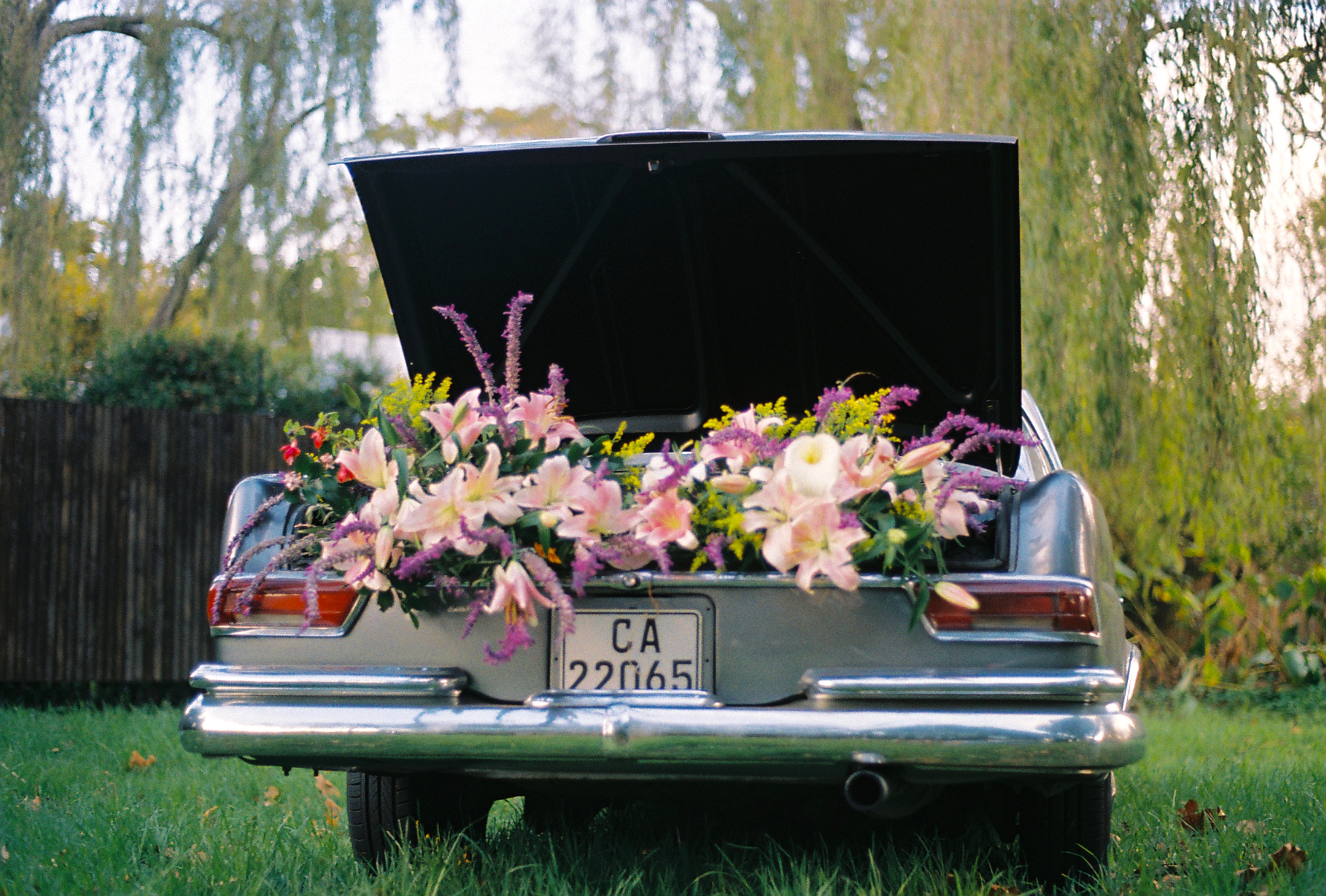“Internet Friends is a story about transcending social media’s pitfalls while aspiring to form meaningful, sincere friendships.
The title in itself is such an oxymoron. We often associate the internet with ominous feelings. It’s a place we go to get and give information. To buy and sell products but never ever to find meaningful friendships and relationships. The title paints a warmer picture of a distant tool responsible for globalisation. It implies that the internet connects us in ways we never thought possible. If, we allow it to.”
– an excerpt from the artist statement written by Candace Redlinghys.

Internet Friends blossomed from of a state of transition for young photographer and filmmaker Katya Abedian. Living in India for six months resulted in the development of other facets of her photographic eye. During this period, it became apparent to her that she is more interested in capturing “people or life as it moves and breathes” rather than constructed situations – a hankering to document real life.
The concept for the shoot was one that Katya has been exploring in her head for some time and was concentrated on the idea to capture friends together in a natural setting, as they would spend time together in their daily lives. “I told each of them I was merely there to capture how they presented themselves to me…”.

This story project was grounded in Katya’s conviction that each of her models should have control of their own representation for the project, and therefore an organic sense of who these models/friends are is projected in a believable and moving manner. Katya viewed this moment of interaction between her friends as one where their bodies functioned as vessels of expression. Emotions that the work evokes is heightened by the friends’ direct control of their representation that included their own styling and choice of makeup.
The paradox of the virtual space is a factor that can be said to have contributed to this narrative. During her time spent in India, she experienced feelings of both closeness and distance in relation to the loved ones she was communicating with online. The story created collaboratively between herself and her internet friends conveys the open space between feeling close to someone and experiencing feelings of loneliness.

“We need distance and the pangs of separation to fully appreciate closeness. We also need loneliness to truly understand what it means to be close to someone spiritually versus physically and how the two are related. I feel this through the movement and tone we set through this body of work.”
Katya explains the beach as a setting for some of the images in the series by stating that the landscape represents “the sense of endlessness that love and separation bring.” This project presented an opportunity to experiment with and sculpt the bodies of her friends to organically mould into one another as is sometimes seen in Renaissance and Classic paintings.

Recurring motifs in this body of work are that of the vintage car and flowers acting as an enunciation of friends about to embark on a road trip. While creating this body of work she realised that cars and flowers are commonly associated with weddings and funerals, a juxtaposition that sparked introspection.
“I quite enjoy the visual juxtaposition of the car’s steely-ness and the flowers life-force. I feel that connects to the concept of virtual relationships a lot because there is a fair amount of the conundrum between feeling close to a person and being delighted to speak to them but the frustration of not being able to hold them in your arms.”

Katya gave her internet friends reign to take ownership of their own representation with this body of work resulting in an artist statement written by one of her friends, self-styled clothes and self-applied makeup – a beautiful collaboration. These aspects of realness make her shoot and the emotions it attempts to convey authentic and heartfelt.
Credits:
Photography & Creative Direction: Katya Abedian
Models: Candace Redlinghys, Nathaniel Edwards, TarrynTippens, Stephanie Edwards, Wanda Banda
Assistance: Jonty Knight














